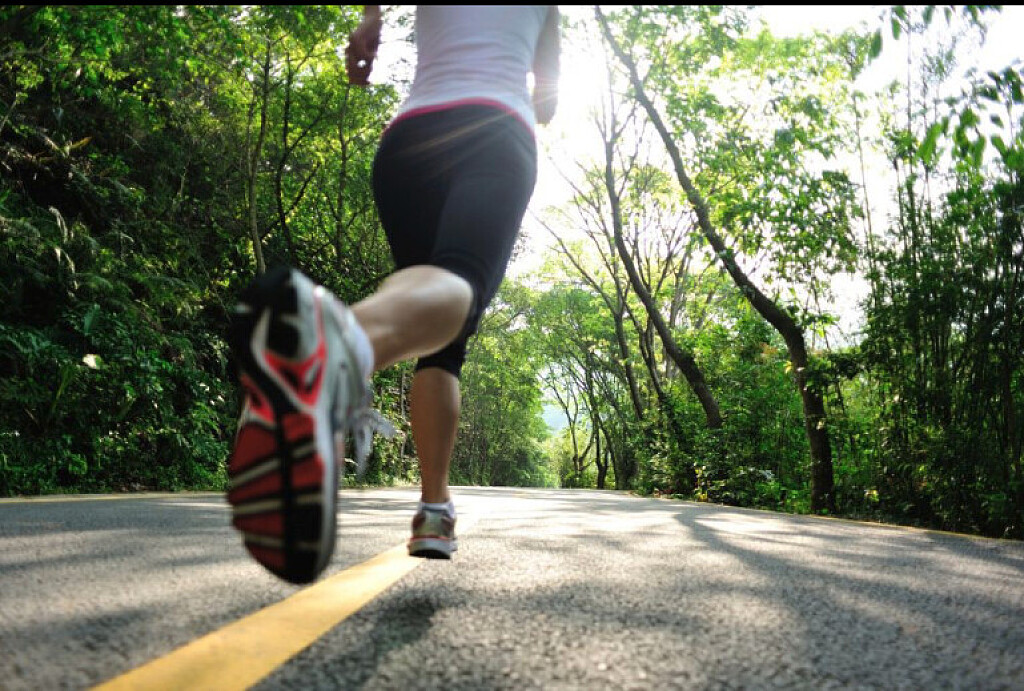Running News Daily
Running News Daily is edited by Bob Anderson. Send your news items to bob@mybestruns.com Advertising opportunities available. Train the Kenyan Way at KATA Kenya and Portugal owned and operated by Bob Anderson. Be sure to catch our movie A Long Run the movie KATA Running Camps and KATA Potato Farms - 31 now open in Kenya! https://kata.ke/
Index to Daily Posts · Sign Up For Updates · Run The World Feed
Run first, think later: three tips for using behavioral activation in running
While the activation energy we need from day to day varies, it comes down to simple chemistry: chemical reactions need a certain amount of energy to begin working. Activation energy is the minimum energy required to cause a reaction to occur. Sometimes, despite all the mental roadblocks we may be facing, fitting in a run or accomplishing something challenging is as simple as using activation energy to get started.
In an article for the New York Times, coach and author Brad Stulberg explains the strategy of harnessing our “oomph.” “Behavioral activation is based on the idea that action can create motivation, especially when you’re in a rut,” Stulberg writes. This doesn’t mean thinking positive thoughts in order to pep-talk yourself into running (although self-positivity can be incredibly helpful, trying to use it to get out the door can backfire).This strategy simply means that we need to accept that we cannot change our thoughts and feelings, but know that we can kickstart them into being more positive by taking action.


Mood follows action, rather than the other way around. We have a certain amount of activation energy available to us, and we need to apply it to important things.Reflect on why running (or exercise) matters to you
Stulberg suggests thinking about what helps you to feel grounded, or what helps you feel a sense of well-being. “Then ask yourself how to apply that activation energy strategically,” he says. “What actions will give you the oomph you need? For example, if improving your fitness would make you feel better, you might start with 30 minutes of daily movement,” says Stulberg. If you’re having trouble just getting out the door, let alone tackling a hard workout, focus on something smaller, like a few kilometres around your block, or a 20-30 minute run.
You’ll feel better once you start. Remember: you can’t control your thoughts, but you can control your actions.Tell yourself you can quit after a few laps around the street, put on the clothes you’ve conveniently laid out by the door, and take a couple of steps. You may find that the inertia that had built up by sitting around and postponing movement is gone once you start an activity and endorphins are released. Stulberg suggests that over time, it can become a habit to bypass that lack of mental motivation and simply get moving. “Dedicating yourself to the practice, no matter how you feel, is what builds motivation,” he writes.Be flexible and kind to yourself
Life, for most of us, has changed in the last few years. Schedules have changed, health has shifted, and if you have struggled with job loss, mental health, or just felt stuck, you’re certainly not alone. While it’s important to put the “mood-follows-action” concept into practice to create lasting change, be kind to yourself if you’re experiencing something particularly draining or tough. Having a sense of self-compassion can help build resilience through hard times.
If running feels like too much, go for a walk and listen to a podcast. Take your dog to the park, or walk to the local store with a friend: the important thing is to keep moving, in any way possible, and remind yourself that this time of low energy will pass.
by Running Magazine
Login to leave a comment




